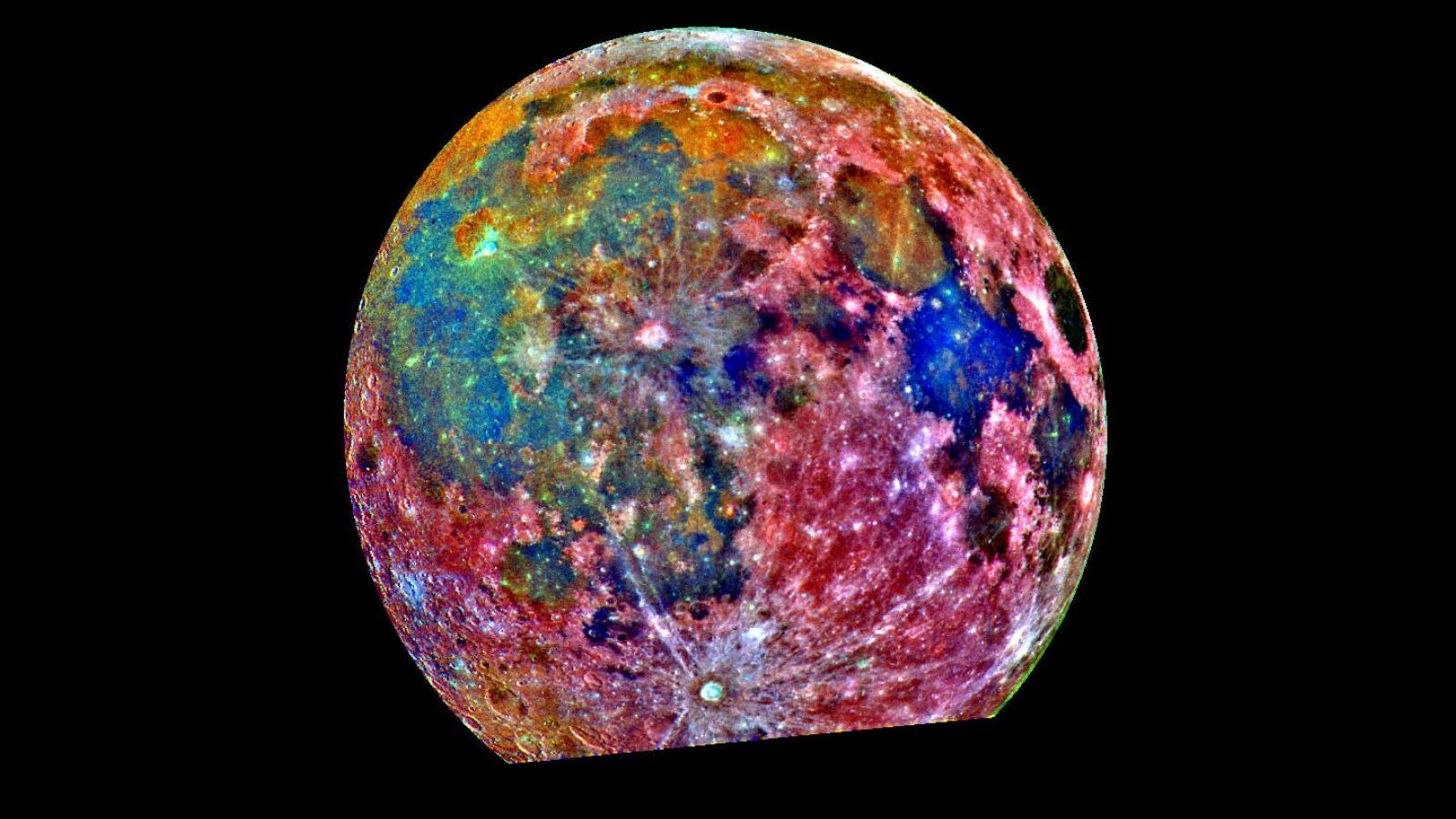‘Blood moon’ total lunar eclipse: Stunning photos of our celestial neighbor turning red over the Americas
A “blood moon” was visible from Earth last night, marking the first total lunar eclipse since 2022.
A total lunar eclipse occurs when a full moon passes directly through Earth‘s shadow, casting our planet’s natural satellite in a reddish, blood-like hue — often called a blood moon.
Skywatchers across the Americas snapped photographs of this unusual phenomenon as the moon completed its lunar phase on Thursday night and into Friday morning (March 13 to 14).
In North America, one photographer captured the “blood moon” rising over the Statue of Liberty in New York, while another caught it peaking out of the clouds above the Golden Gate Bridge in San Francisco.
Related: Full moons of 2025: When is the next full moon?

Further south, photos revealed the moon passing by the Little Prince monument in El Salvador and the Young Woman of Amajac statue in Mexico City.

A lunar eclipse is the opposite of a solar eclipse, when the moon slides between Earth and the sun. During a lunar eclipse, the moon travels behind Earth relative to the position of the sun, meaning the satellite is cast in shadow.

The moon is still visible during this lunar phase because some light from the sun refracts through Earth’s atmosphere and hits the satellite before reflecting back to the surface of our planet facing the moon. The sun projects a spectrum of different colors in its light — the seven colors of the rainbow, plus infrared and ultraviolet light. However, particles in Earth’s atmosphere scatter blues and other short-wavelength light, while allowing the longer-wavelength oranges and reds to pass through — similar to a sunset or sunrise — and then splash onto the moon.
Not every full moon results in a lunar eclipse. The event only happens when the moon is perfectly aligned behind our planet. If that alignment is slightly off, then the sun’s light can still directly reach some of the moon — meaning it’s a partial eclipse.
The next total lunar eclipse will occur on the night of Sept. 7 to 8, but it will only be visible in western North America. Around this time next year, there will be another blood moon that will be visible in all of North America.
Source link






